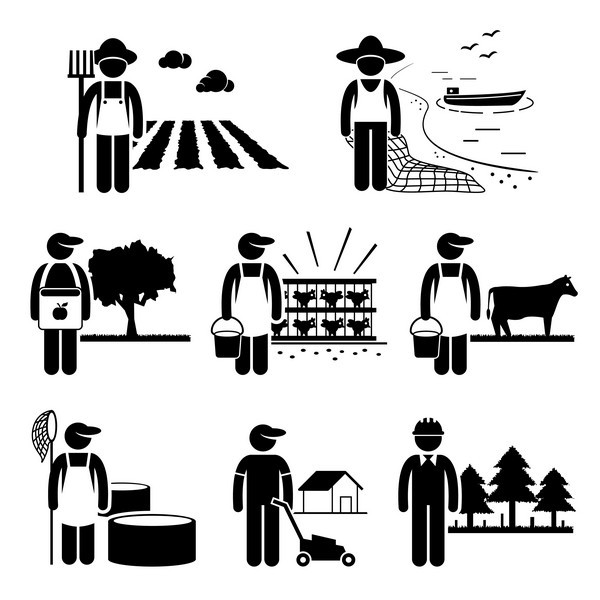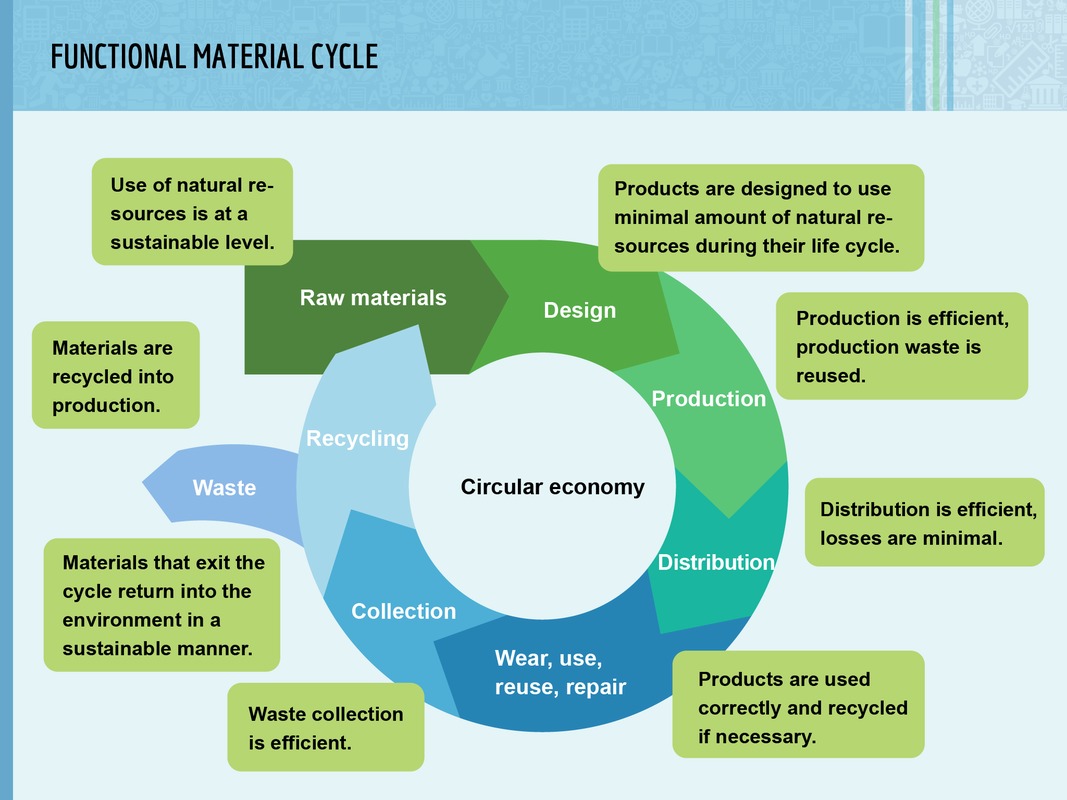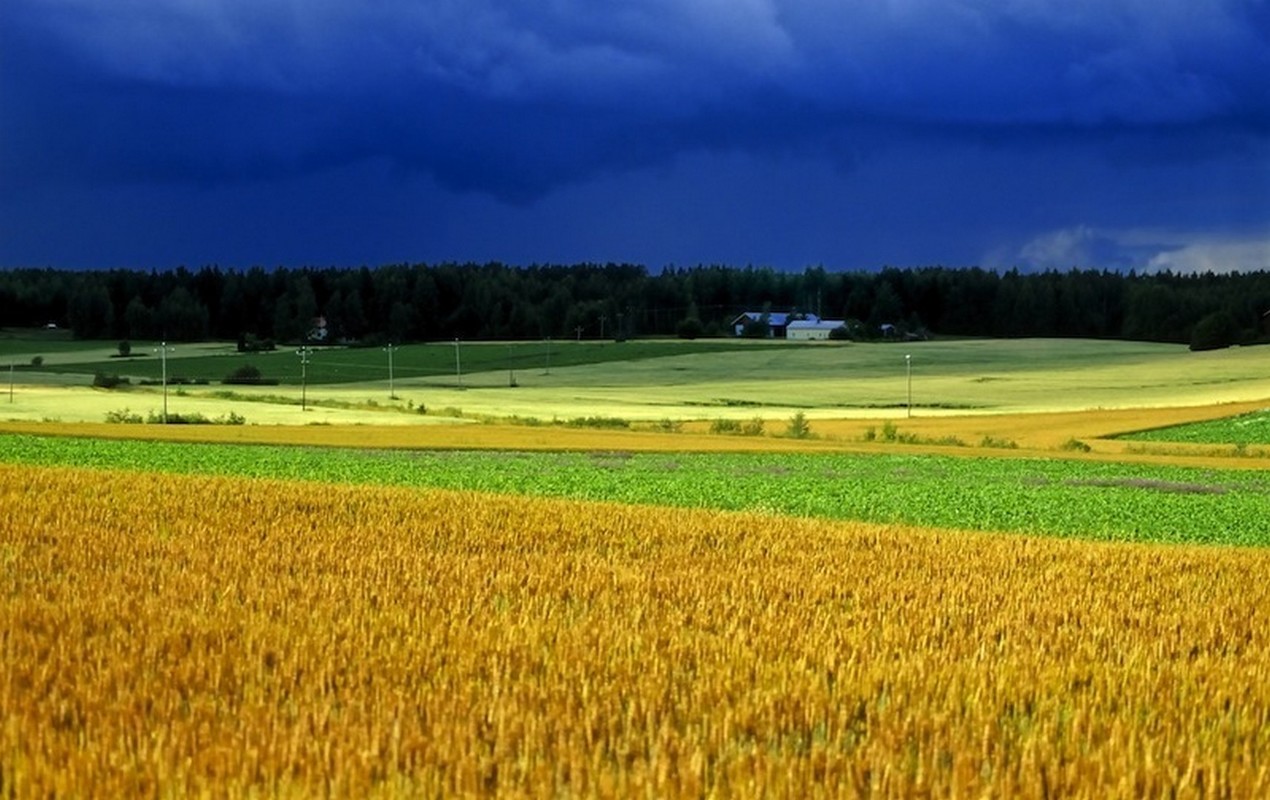17.2 Bioeconomy
 A bioeconomy is an economy that is based on the use of renewable and recyclable natural resources. When compared to other kinds of economies, bioeconomies produce fewer carbon emissions and use energy more efficiently.
A bioeconomy is an economy that is based on the use of renewable and recyclable natural resources. When compared to other kinds of economies, bioeconomies produce fewer carbon emissions and use energy more efficiently. Most ecosystem services are completely free for all human societies. Clean air, good soil and pollinators are usually not taken into account when measuring the wealth of human economies. However, processes that are detrimental to these ecosystem services are also not taken into account in economic planning.
Natural resources have global market prices that are determined in accordance to the rules of supply and demand. However, these prices also do not take into account the amount of environmental harm that results from gathering and using these natural resources.
If all ecosystem services were given a price, it would be possible to find out the instances where it would be cheaper to preserve and use natural services instead of producing artificial alternatives for them. For example, water filtering, flood regulation and climate regulation should be done by choosing the natural alternative rather than the human-designed artificial alternative.
Like a piece of complex machinery that needs all its parts in order to function, the planet needs biodiversity in order to function productively. When nature becomes less diverse, its ability to produce ecosystem services worsens. This makes us more vulnerable for natural disasters and the harmful effects of climate change.
Bioeconomists believe that economic and environmental problems can be solved simultaneously. This can be done by favoring companies that produce the least amount of harm for the environment while also being economically profitable. In the bioeconomy, natural resources are used sustainably and the material cycle has been closed in a way that creates a minimal amount of greenhouse emissions or waste. In other words, the bioeconomy is based on renewable natural resources.
The circular economy is a type of economy that attempts to continue the cycle of products and materials for as long as it is possible. This creates a minimal amount of material and energy waste.


Agriculture is part of the bioeconomy.
Examples of the bioeconomy include the refining of wood into paper and the use of bacteria to clean water. In the future, waste products and byproducts will have to be recycled as efficiently as possible. What is waste for one company may well become the raw material for another company.
![]() bioeconomy.fi
bioeconomy.fi